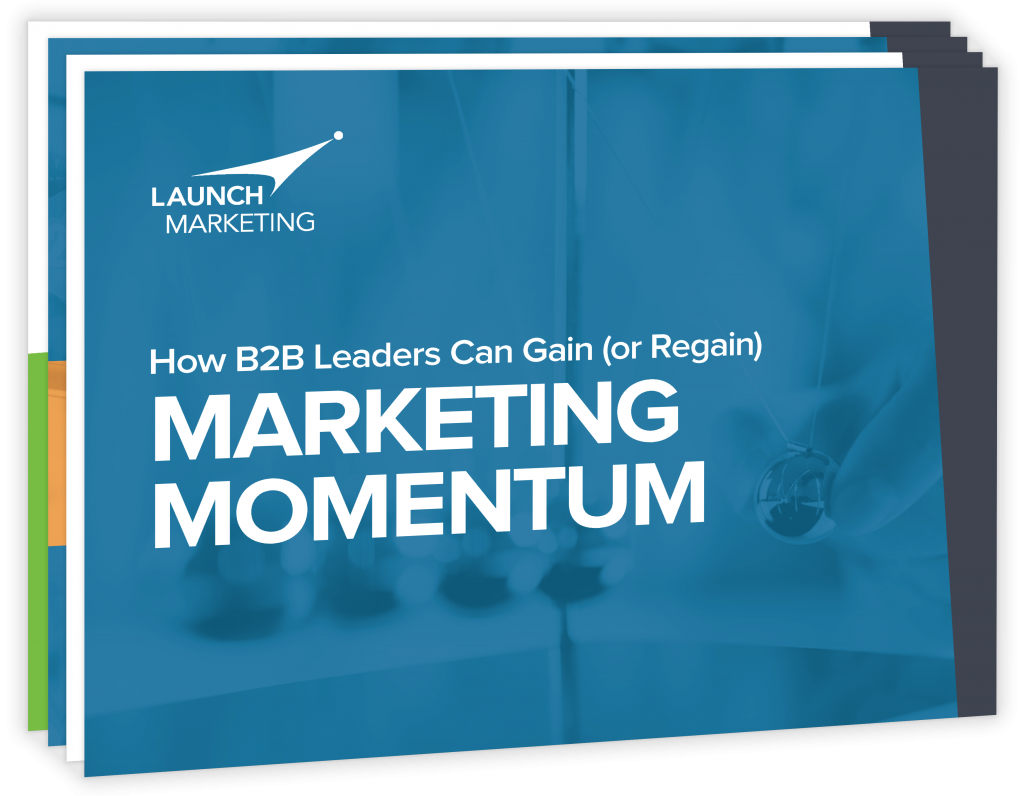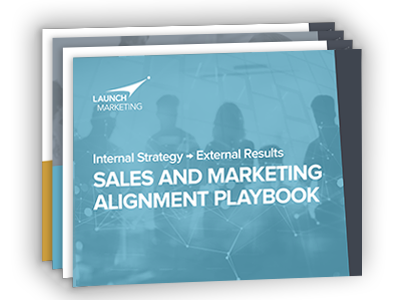This post was originally published on MarketingProfs.
Lead generation is a cornerstone of any company, considering lead generation is responsible for one of your company’s most valuable assets – the customer. At its core, lead generation is the process of locating and identifying potential customers. While this may sound simple, the process for generating a lead (particularly a qualified one) and increasing lead generation can take many avenues and involve an array of marketing and sales efforts. However, the payoff from an established and formal lead generation process can be great, considering that B2B companies implementing a mature lead generation process see 133% more revenue compared to companies without a developed process.
However, establishing a mature lead generation process is no small feat. To create an established process that yields this kind of ROI demands contribution and investment from the leadership team and C-suite. With 63% of marketers identifying generating leads and traffic as their top challenge, it’s essential that leaders play an active role wherever possible to help establish a lead generation process that really works. Luckily, there are several strategies B2B leaders can leverage to effect change and optimize the lead generation process.
Evaluate and Adjust Team Resources
One of the biggest hurdles that most teams face when trying to execute successful lead generation is simply a lack of resources. 61% of marketers say that a lack of staff, funding and time is their greatest obstacle when it comes to lead generation. As a leader, time and manpower are the most likely resources that you struggle to find for yourself. The good news is, there are some effective ways you can help your team lessen these barriers, which will, in turn, help alleviate some of the time you may need to spend mitigating issues.
Investing in marketing automation tools is a great way to support your marketing team with time-saving efforts. A rising number of marketing teams utilize marketing automation tools, with 37% specifically investing in marketing automation to help generate leads. In addition, the organizations that use marketing automation with prospects have seen a 451% increase in qualified leads. There’s a wide variety of tools out there, but here is a good list to start with, including options that can be tailored to your specific lead generation objectives.
You and the rest of your team can also help free up the necessary time for lead generation by being more proactive and mindful about the way time is viewed and valued throughout your company. Creating guidelines and best practices around how to schedule and conduct meetings can help ensure that team members involved with lead generation aren’t devoting time to meetings they may not need to be involved in or in meetings that aren’t effectively using the time allotted. If there are larger company meetings that your executive team is coordinating, be sure that these meetings are following the same meeting productivity guidelines and standards.
And if your company has the budget and ability, adding in new team members or evaluating and adjusting current team members roles and responsibilities may be necessary. Even the most robust automation tools may be unable to compete with adding in a team member that has more specialized knowledge or the experience to propose innovative solutions. Bringing in an outside marketing agency could also be a good temporary or long-term solution for assisting with your lead generation process if a more permanent team member isn’t an option.
Get Creative and Share with Your Audience
Leaders can also take a hands-on approach to lead generation by getting inventive with your involvement within the company. Your company’s audience is more likely to be attracted to your organization and will want to learn more about your core values if they see that company executives are directly involved in the company’s marketing and communication.
This doesn’t necessarily mean you need to stretch beyond what you’re already doing. Leverage the extracurriculars you’re already involved in, such as participating in a conference panel, attending an industry event or just looking for different ways to innovate your company’s solution. Take this as an opportunity to share what you’re experiencing and apply it to your team’s marketing efforts.
Your team can then use an informational interview with you to create the content surrounding your activity or side project, such as a blog post series, video content or whatever type of content appeals most to your audience and aligns with your team’s marketing strategy. If you don’t have anything that stands out as a great opportunity for spinning into content, your team can sit down with you for an informational interview based on a topic that resonates with your audience and aligns with content marketing objectives. Personal, creative content like this from leaders is a great way to help turn company executives into thought leaders, which will help support your brand and reach a wider audience to generate more leads.
Another creative way for leaders to contribute to lead generation efforts is to host or participate in meetup events. Having a company executive member present at these events will entice participants and provide a more personal touch. In-person events are a great way for leaders to build more sincere connections with potential and current customers. While an online presence through social media and content marketing is essential, it’s also important for leaders to step outside of technology and interact with their audience in an authentic way.
Supporting a More Efficient Lead Generation System
While your marketing, sales and customer teams will be the principal executors of your lead generation strategy, involvement from the executive team sets a strong precedent for the strength and mentality with which your team will approach lead generation efforts. By engaging your company’s lead gen team in proactive efforts to support marketing and sales team efforts, your company will be able to increase lead generation and bring in more and better-qualified leads, that can ultimately become lasting and engaged customers for your organization.



There are no comments